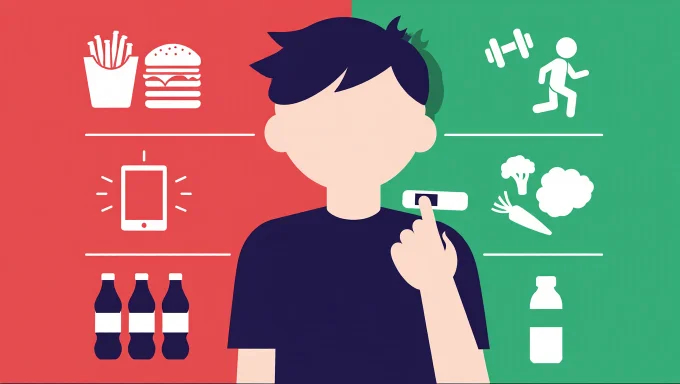Diabetes among children and teenagers has seen a staggering increase worldwide, with cases nearly doubling in recent years, according to health experts. This alarming trend is raising concerns about long-term health risks and the growing impact of lifestyle-related diseases in younger populations.
The World Health Organization (WHO) and international researchers note that both Type 1 and Type 2 diabetes are climbing rapidly, though lifestyle-driven Type 2 diabetes is expanding at an unprecedented rate among adolescents. Doctors point to rising obesity, unhealthy diets, excessive screen time, and lack of physical activity as the main contributors.
“Diabetes is no longer a disease we associate only with adults,” said one health official. “We are now seeing children as young as eight or nine being diagnosed with Type 2 diabetes, which was once extremely rare.”
Experts warn that early-onset diabetes can lead to severe complications later in life, including kidney failure, heart disease, and vision loss. The increasing burden on healthcare systems is also a major concern, particularly in low- and middle-income countries where access to treatment and insulin remains limited.
Public health specialists emphasize the need for early screening, improved nutrition, more physical activity in schools, and community awareness campaigns to help curb the rise. Parents are also urged to encourage healthy eating habits and limit children’s consumption of processed and sugary foods.
While medical advances have improved treatment options, the surge in childhood and adolescent diabetes highlights the urgency of prevention. Without immediate action, experts warn that the global health system could face an unprecedented crisis driven by a new generation growing up with chronic disease.
Childhood and Teen Diabetes Soars Worldwide.






